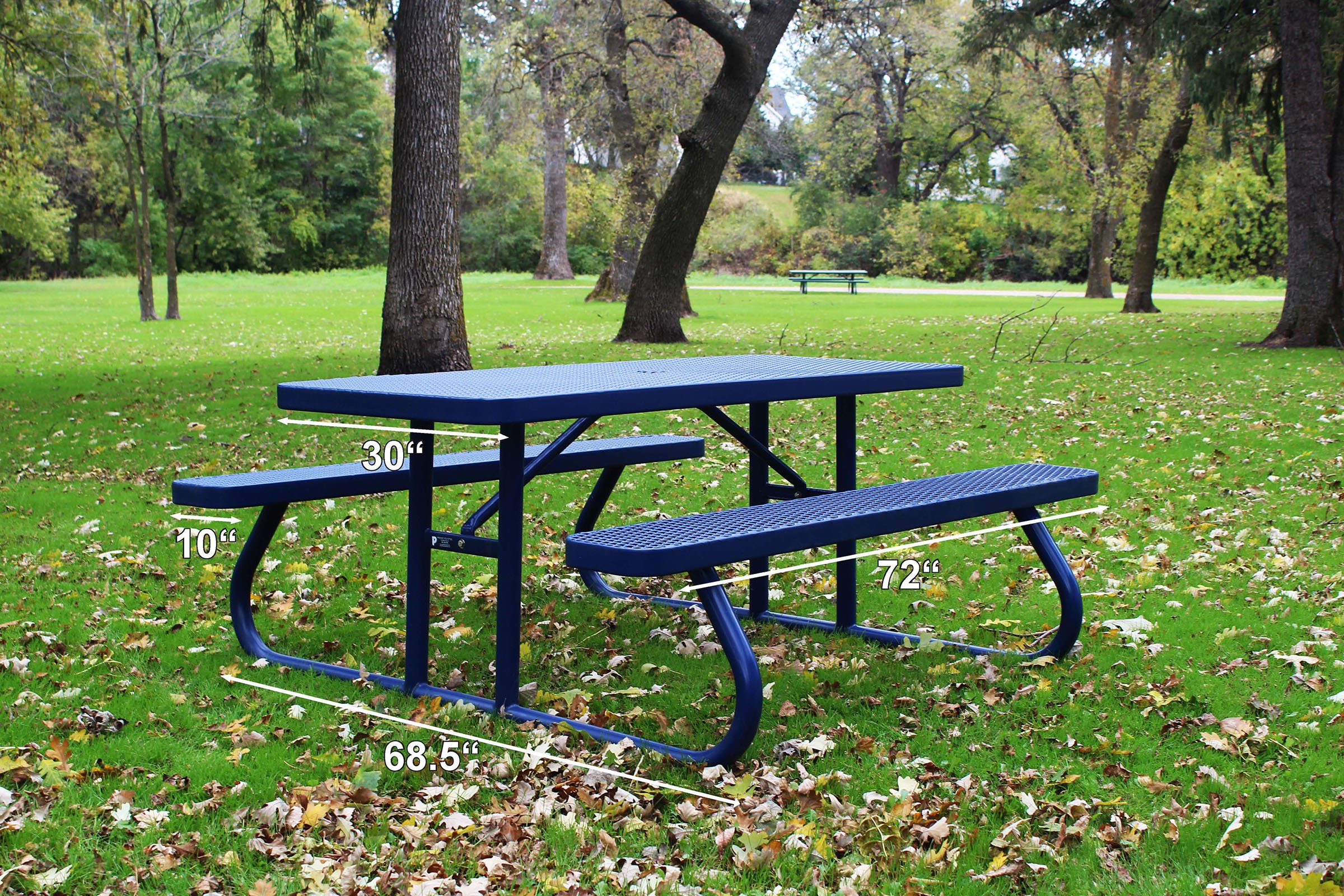When it comes to outdoor gatherings, a picnic table is more than just a piece of furniture—it’s the heart of countless meals, celebrations, and family moments. Whether you’re setting up a backyard BBQ space, equipping a public park, or furnishing a campground, choosing the right table size can make all the difference in comfort, functionality, and aesthetics. Understanding picnic table sizes will help you make a purchase that fits your space, seating needs, and style preferences perfectly.
Why Size Matters
The size of your picnic table impacts how many people can sit comfortably, how much food and tableware it can hold, and even how easily it can be moved or stored. If the table is too small, guests may feel cramped; too large, and it could dominate your space or be hard to maneuver. By considering standard picnic table sizes alongside your specific needs, you can strike the perfect balance.
Standard Picnic Table Sizes
While picnic tables come in a variety of shapes and styles, there are a few common picnic table sizes you’ll encounter:
Foot Picnic Table (Most Common)
This size typically seats 6–8 people comfortably. The tabletop is usually around 72 inches long and 28–30 inches wide. It’s the most popular choice for backyards and public spaces because it provides ample seating without taking up excessive space.
Foot Picnic Table
Ideal for larger gatherings, this table can seat 8–10 people. The tabletop length is usually 96 inches, with a similar width to the 6-foot version. However, these larger tables require more space and can be heavier to move.
Foot Picnic Table
A great option for small patios, balconies, or children’s play areas. This size seats 4–6 people and has a tabletop length of about 48 inches. It’s also easier to move and store when not in use.
Children’s Picnic Tables
These are scaled-down versions, often around 3–4 feet long, designed to fit smaller bodies comfortably. Perfect for birthday parties or kids’ activity areas, they make seating safer and more fun for little ones.
Table Width and Height
Besides length, width, and height are essential factors in picnic table sizes.
Width: Most standard tables are around 28–30 inches wide, which allows enough room for place settings on both sides and food in the middle.
Height: Standard table height is approximately 28–32 inches from the ground, with benches around 17–19 inches high for comfortable seating.
These proportions have been refined over time to create a balance between ergonomics and stability.
Shape and Seating Capacity
Different shapes can also influence the perception and function of picnic table sizes:
Rectangular tables are the most traditional and efficient for seating large groups.
Round tables often have a diameter between 44–60 inches and encourage conversation, but may seat fewer people in the same footprint.
Square tables usually measure around 40–54 inches per side and work well in compact spaces.
When calculating seating capacity, remember that each adult generally needs about 24 inches of bench space for comfort.
Material Considerations and Size Impact
The material you choose can affect the practicality of certain picnic table sizes.
Wooden picnic tables (cedar, pine, teak) are classic but can be heavier at larger sizes.
Metal or aluminum tables are lighter, making large tables easier to move.
HDPE recycled plastic tables are durable and weather-resistant, available in all common sizes, and often lighter than wood.
If portability is important, a slightly smaller size might be better, even if it sacrifices a bit of seating.
Space Planning Tips
Before purchasing, measure the area where you plan to place your picnic table. For comfortable movement, allow at least 3 feet of clearance around all sides. For example, if you’re choosing the popular 6-foot size (72″ x 30″), your total space should ideally be around 12 feet long and 9 feet wide to accommodate seating and movement. If your space is narrow, you might prefer a folding or collapsible model in a slightly smaller size. On the other hand, if you have a large backyard or event space, you might opt for multiple smaller tables rather than a single oversized one, allowing for flexible seating arrangements.
Accessibility Considerations
When thinking about picnic table sizes, it’s worth considering ADA (Americans with Disabilities Act) guidelines if your table will be in a public or shared space. ADA-compliant picnic tables often have extended tabletops on one or both ends, allowing wheelchair users to roll up comfortably. The table size may be similar to standard versions, but with specific overhang.
Conclusion
Choosing the right picnic table sizes is more than a matter of aesthetics—it’s about ensuring comfort, maximizing space, and making your outdoor gatherings as enjoyable as possible. From compact options for cozy patios to expansive models for big celebrations, there’s a size for every setting. By understanding the dimensions, seating capacities, and space requirements, you’ll be well-prepared to pick the perfect picnic table for years of outdoor memories.

